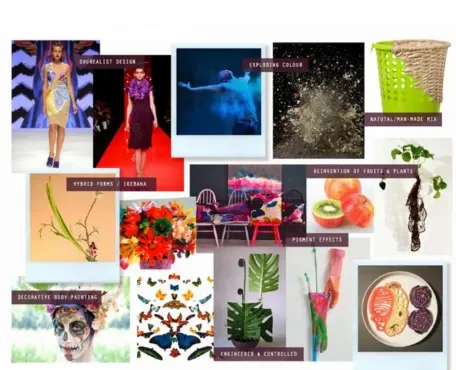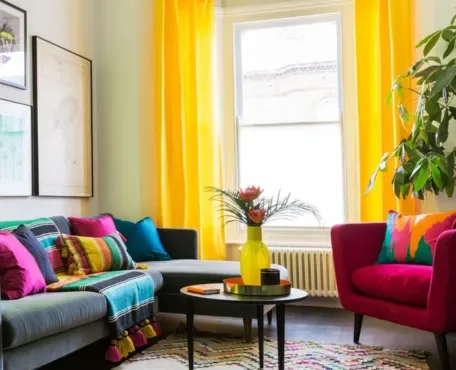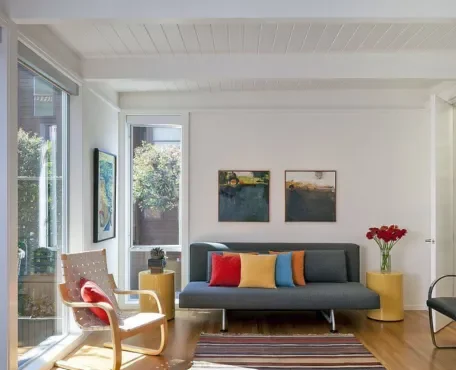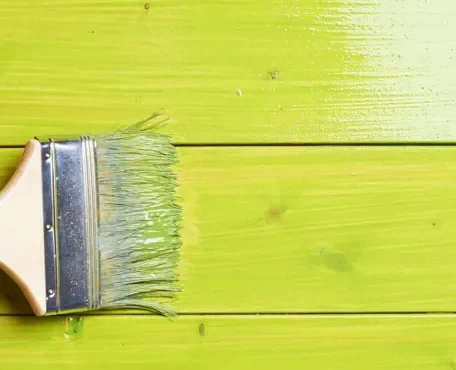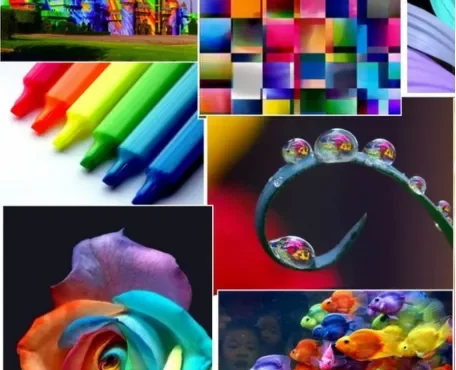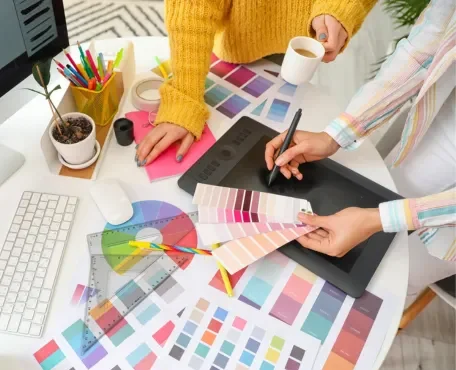
In the world of interior design, mixing patterns, textures, and colors is an art form that can transform a space from ordinary to extraordinary. When done correctly, this design technique adds depth, personality, and visual interest to any room. In this comprehensive guide, we’ll explore the principles and practical tips for mastering the art of mixing patterns, textures, and colors in home decor.
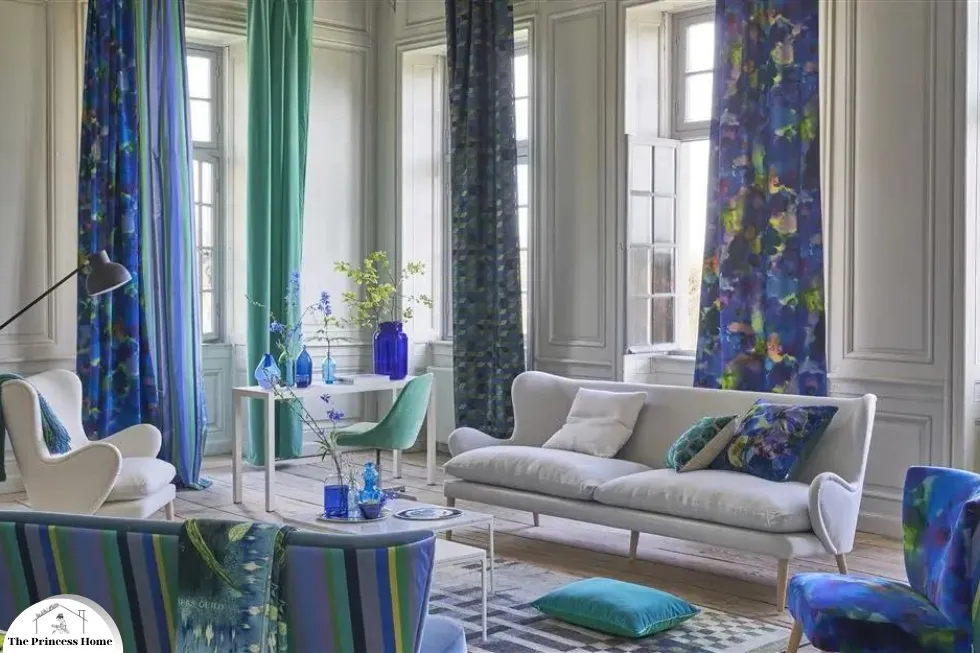
1.Understanding Patterns, Textures, &Colors:
Patterns refer to repeated decorative motifs, such as stripes, florals, geometrics, or abstract designs. Textures encompass the tactile qualities of surfaces, ranging from smooth and sleek to rough and textured. Colors evoke emotions and moods, with each hue carrying its unique psychological impact.
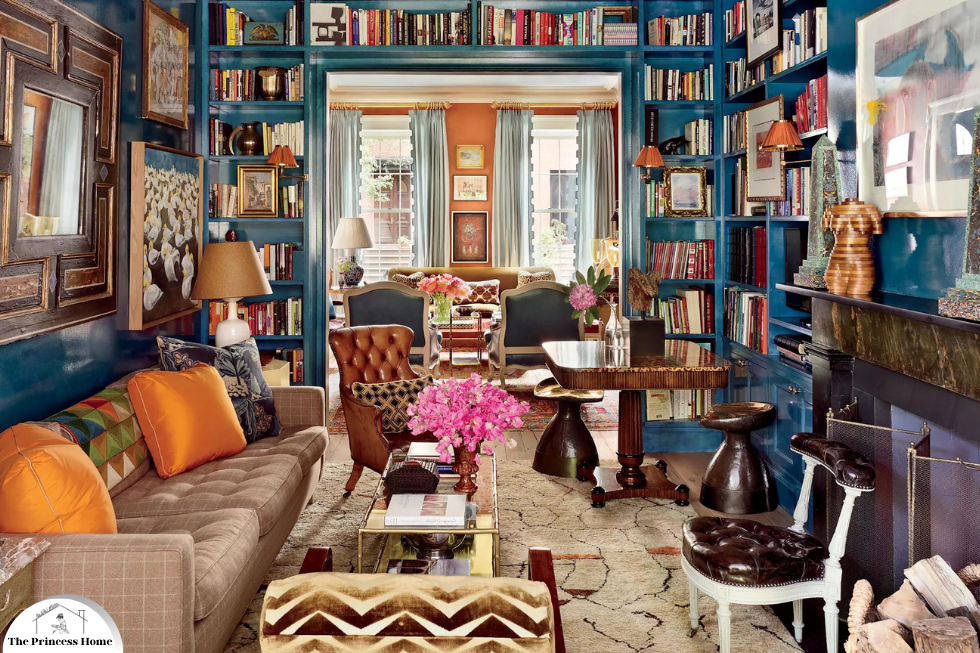
2.Creating Visual Interest:
Mixing patterns, textures, and colors is all about creating visual interest and harmony in a space. By layering these elements thoughtfully, you can add depth, dimension, and personality to your home decor. However, achieving the right balance is key to avoid overwhelming the senses and creating visual clutter.
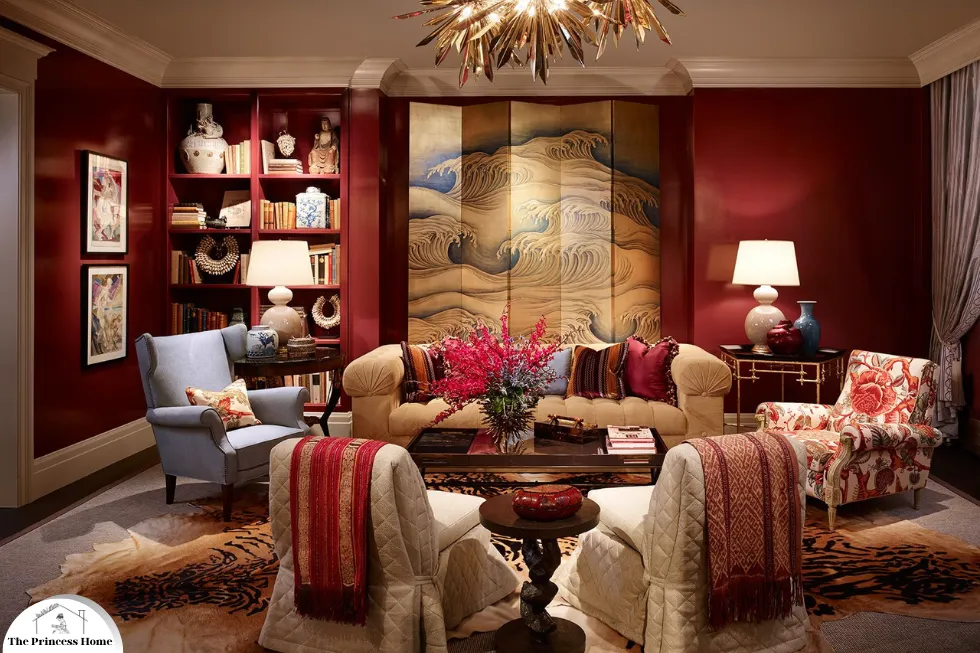
3.Harmonizing Patterns:
When mixing patterns, it’s essential to choose complementary designs that work together harmoniously. Start by selecting a dominant pattern as the focal point of the room, such as a bold wallpaper or a vibrant area rug. Then, introduce secondary patterns in varying scales and textures to add visual interest and depth. Experiment with a mix of geometric, organic, and abstract patterns to create a dynamic and cohesive look.

4.Layering Textures:
Textures play a crucial role in adding tactile richness and visual depth to a space. Incorporate a variety of textures, including soft fabrics like velvet and linen, natural materials such as wood and stone, and reflective surfaces like glass and metal. Mixing textures adds warmth, dimension, and visual intrigue to your home decor, creating a multi-sensory experience for the occupants.
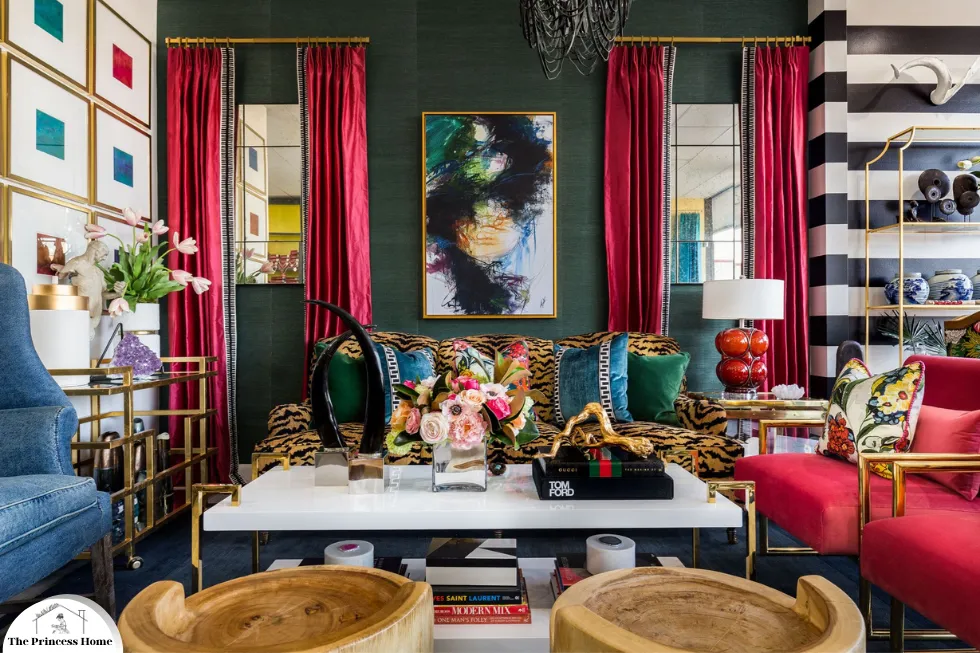
5.Exploring Color Palettes:
Color is a powerful tool for setting the mood and ambiance of a room. When mixing colors, consider the principles of color theory, such as complementary, analogous, or monochromatic schemes. Experiment with contrasting and harmonizing color combinations to create visual impact and drama. Don’t be afraid to use bold accent colors to inject personality and vibrancy into your space.

Practical Tips for Mixing Patterns, Textures, and Colors:
1.Start with a neutral base: Use neutral tones for larger furniture pieces and walls to provide a versatile backdrop for layering patterns and colors.
2.Use the rule of threes: Aim to incorporate a maximum of three patterns or colors in a single space to maintain cohesiveness and avoid visual clutter.
3.Mix patterns of different scales: Combine large-scale patterns with smaller ones to create visual contrast and interest.
4.Balance boldness with restraint: While it’s essential to embrace bold patterns and colors, exercise restraint to prevent the space from feeling overwhelming. Use neutral elements as buffers to temper vibrant hues and busy patterns.
Mixing patterns, textures, and colors in home decor can elevate the visual appeal of any space, adding depth, personality, and sophistication. When done thoughtfully, this approach can create dynamic and visually captivating interiors that reflect your unique style.
Here are some tips for incorporating this design technique into your home decor:

1.Start with a Neutral Base:
Begin by establishing a neutral foundation with larger furniture pieces, such as sofas, rugs, and walls. Neutral tones like white, beige, or gray provide a versatile backdrop that allows patterns, textures, and colors to stand out without overwhelming the space.
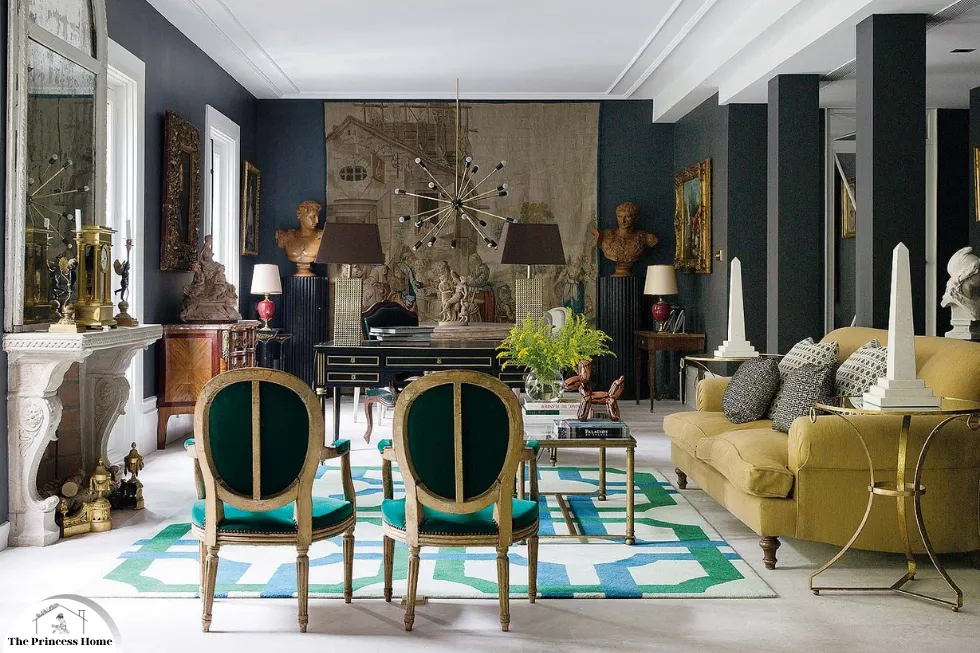
2.Choose a Dominant Pattern:
Select one standout pattern to serve as the focal point of the room. This could be a bold floral wallpaper, a vibrant geometric rug, or an eye-catching accent pillow. Let this dominant pattern set the tone for the overall decor scheme.

3.Mix Scale and Proportion:
Experiment with patterns of different scales and proportions to create visual interest. Pair large-scale patterns with smaller ones to add depth and dimension to the space. For example, combine a large floral print with a smaller geometric pattern or a subtle stripe.
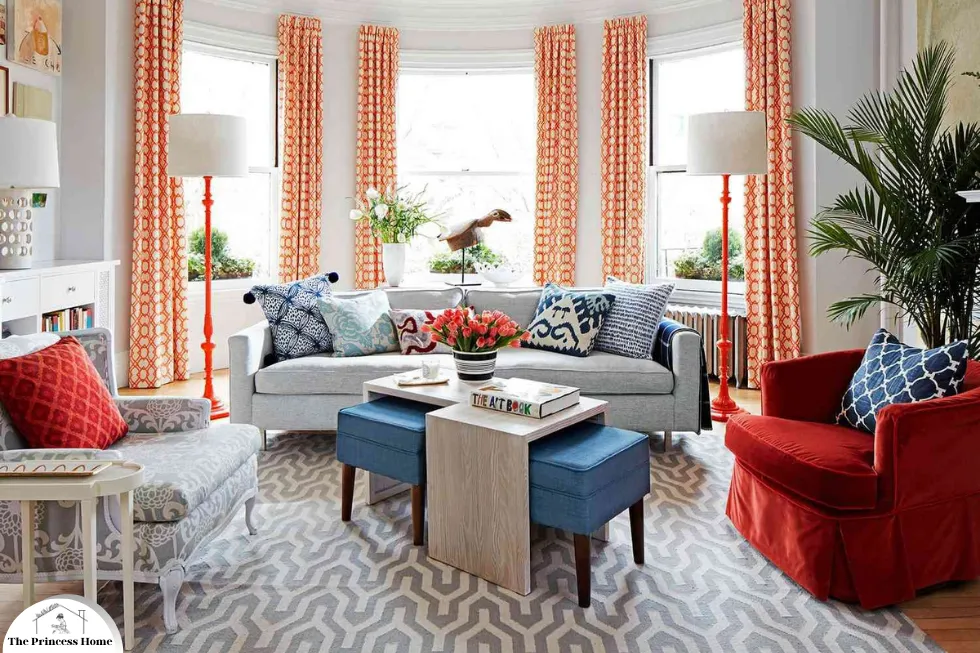
4.Layer Textures:
Incorporate a variety of textures to add depth and tactile appeal to the room. Mix materials like plush velvet, smooth leather, rustic wood, and sleek metal to create a rich and layered look. Textured fabrics, such as chunky knits or faux fur, can also add warmth and coziness to the space.

5.Coordinate Colors:
When mixing patterns and textures, consider the color palette of each element to ensure cohesion and harmony. Choose colors that complement or contrast with each other to create a balanced and visually appealing composition. You can use a color wheel to guide your selections and experiment with different combinations until you find the perfect balance.
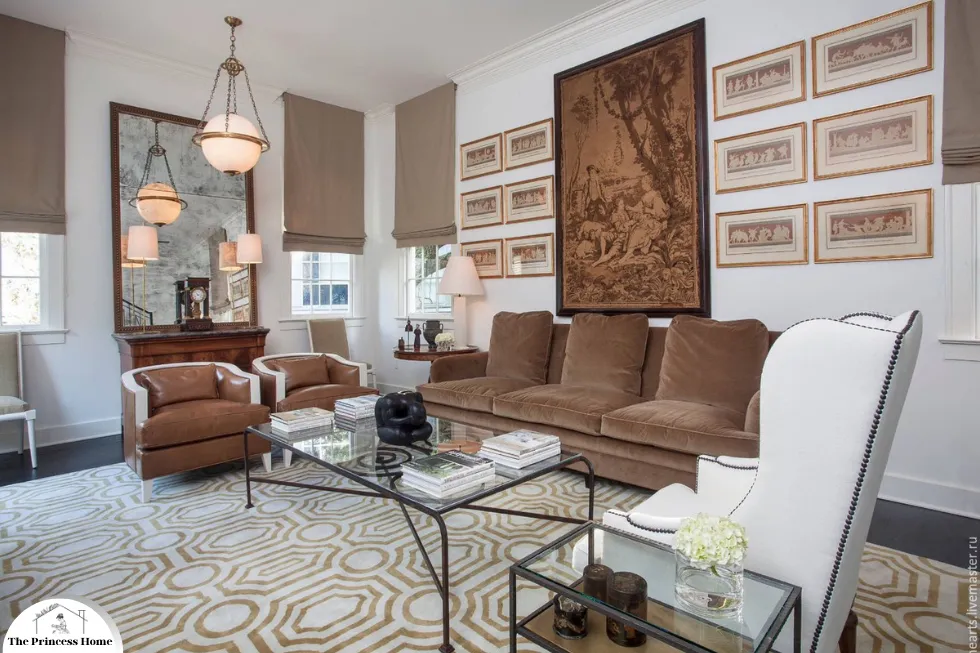
6.Add Accent Pieces:
Incorporate accent pieces in contrasting patterns, textures, and colors to enhance visual interest. This could include throw pillows, blankets, curtains, artwork, or decorative accessories. These accent pieces can tie the room together and inject personality and style into the space.
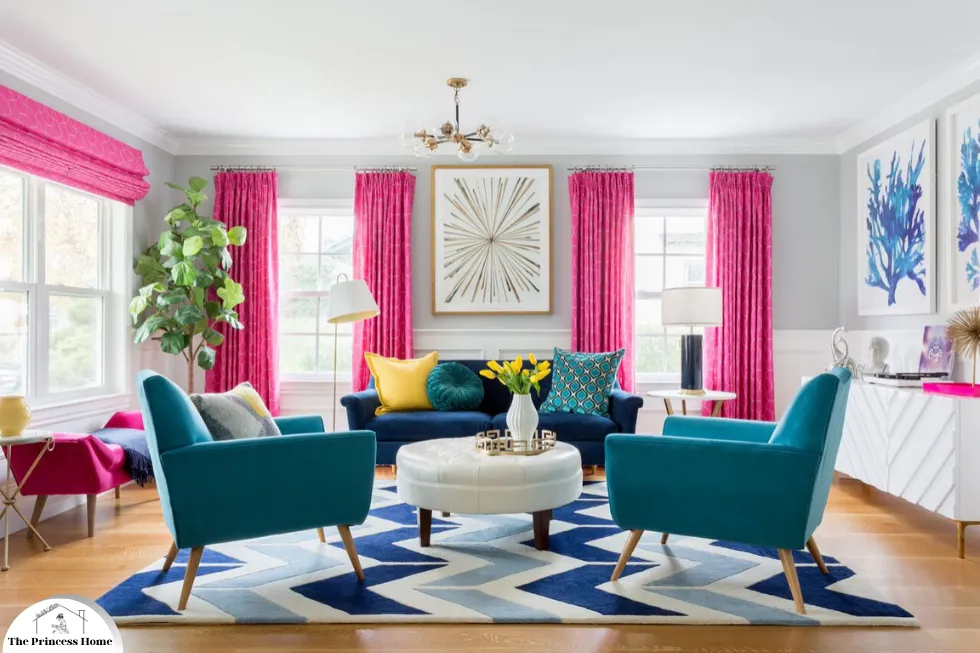
7.Edit and Balance:
While mixing patterns, textures, and colors can add excitement to a room, it’s important to maintain balance and harmony. Avoid overcrowding the space with too many competing elements. Edit your selections and use restraint to create a cohesive and well-curated look.
By following these tips and experimenting with mixing patterns, textures, and colors, you can create a visually stunning and personalized home decor scheme that reflects your individual taste and style. Don’t be afraid to get creative and have fun with your design choices!
Conclusion:
Mastering the art of mixing patterns, textures, and colors is a hallmark of successful interior design. By understanding the principles outlined in this guide and applying them judiciously, you can create stunning and personalized home decor schemes that reflect your unique style and personality. Experiment, be bold, and have fun with your design choices to create a home that truly feels like you.
Here are some frequently asked questions:
Q1: How can I mix patterns, textures, and colors effectively in my home decor?
A: Mixing patterns, textures, and colors involves selecting complementary designs and hues that work together harmoniously. Start by choosing a dominant pattern or color as the focal point and layering secondary patterns and textures around it. Experiment with different combinations until you find a balance that suits your personal style and preferences.
Q2: Is it possible to mix patterns and textures without overwhelming the space?
A: Yes, it’s possible to mix patterns and textures in a way that adds visual interest without overwhelming the space. Start by incorporating a neutral base and using the rule of threes to limit the number of patterns or textures in a single space. Additionally, balance bold patterns with more subtle textures and vice versa to create a cohesive and harmonious look.
Q3: How can I incorporate bold colors into my home decor without it looking too busy?
A: When incorporating bold colors into your home decor, consider using them as accent pieces or focal points rather than covering an entire room. Pair bold colors with neutral tones to create balance and prevent the space from feeling overwhelming. You can also experiment with different color combinations and hues to find a balance that suits your taste and style.
Q4: What are some practical tips for mixing patterns, textures, and colors in a small space?
A: In a small space, it’s essential to use patterns, textures, and colors strategically to maximize visual impact without overcrowding the space. Consider using vertical patterns to draw the eye upward and create the illusion of height. Opt for smaller-scale patterns and textures to avoid overwhelming the space, and use a cohesive color palette to create continuity and flow throughout the room.
Q5: How can I create a cohesive look when mixing patterns, textures, and colors?
A: Creating a cohesive look when mixing patterns, textures, and colors involves choosing elements that complement each other and working with a cohesive color palette. Start by selecting a dominant pattern or color as the focal point and layering secondary patterns and textures around it. Use neutral tones as a base to provide balance and continuity throughout the space. Experiment with different combinations until you find a cohesive look that suits your style and preferences.


